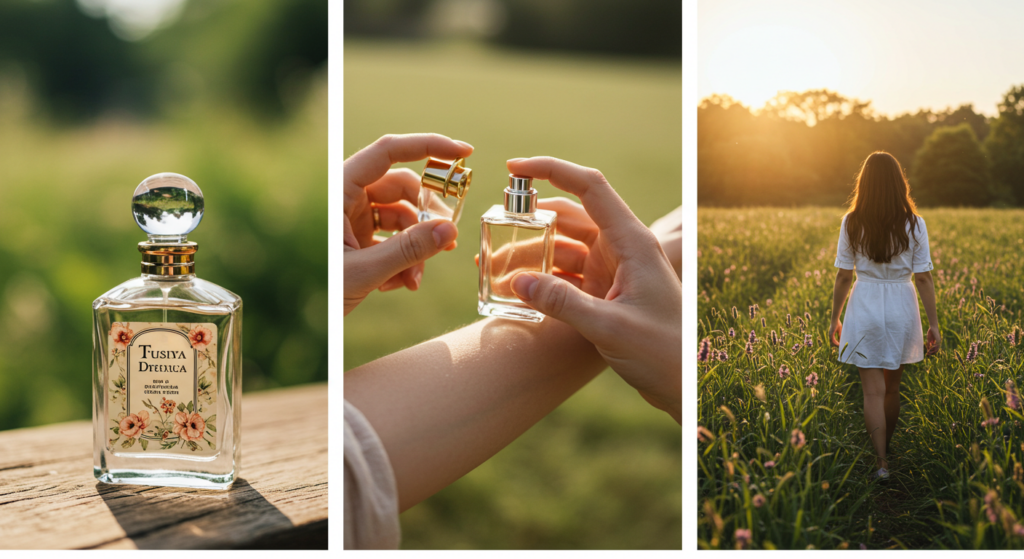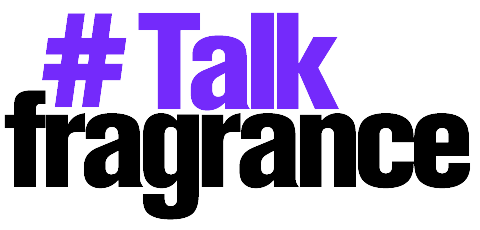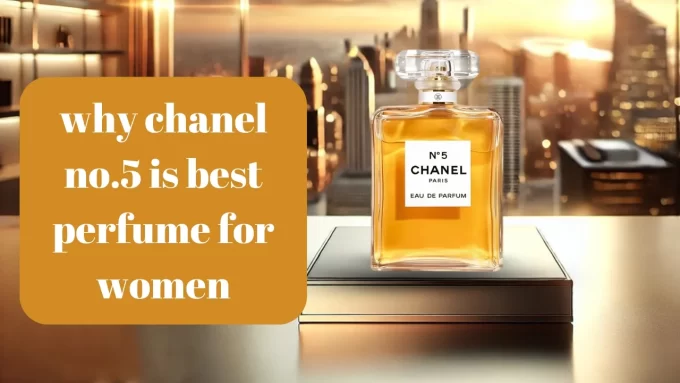Table of Contents
Fragrance enthusiasts and casual users alike often find themselves pondering the nuances of the world of aromas. What is the difference between scent and perfume? Are they interchangeable, or do they serve different purposes?
If you’ve been unsure about these differences, worry not; this guide will help you unravel the mystery behind scents and perfumes, their compositions, and how they differ from other fragrance-based products like cologne, attar, and deodorants. Along the way, we’ll explore the artistry of perfumery and the cultural significance of fragrance, leaving you with a better understanding of how to appreciate and choose the right product for your needs.
Understanding the Essence of Scent
What is a Scent?
The term “scent” is often used as a catch-all word to describe any aroma or smell. Scientifically speaking, a scent is created when particles or chemicals floating in the air activate your olfactory receptors. Think of the scent of fresh-cut grass, the tang of citrus, or even the smell of rain-drenched soil in scent and perfume. Scents can originate from two key sources:
- Natural Sources: Aromas derived directly from nature, such as flowers (rose, jasmine), resins (frankincense, myrrh), and essential oils (sandalwood essential oil). These natural scents form the basis of many traditional fragrance formulations.
- Artificial Sources: Synthetic compounds created in laboratories to replicate natural scents or invent entirely new ones. For instance, many fruity and gourmand fragrances use synthetic molecules to ensure stability and complexity.
Scent, as a term, transcends products and processes. It describes everything from household odors to the carefully curated aroma of a high-end perfume. Comparatively, it’s much broader in scope.
Difference Between Smell and Odor
While scent includes pleasant and neutral smells, in scent and perfume terms like “smell” or “odor” can vary in connotation. “Smell” is neutral, while “odor” often implies an unpleasant or strong aroma. For example, “a fresh lemon scent” is a positive expression, whereas “odor of sulfur” has negative undertones.
What is Perfume?
Perfume, or “parfum,” is at the heart of the fragrance industry. Unlike a generic scent, perfume is a complex blend of aromatic compounds, fixatives, and solvents designed for wearability and longevity. Wearing perfume is both a science and an art, as it allows individuals to express their personality through fragrance.
The Composition of Perfume
Perfumes are intricately formulated from a variety of ingredients, which can be divided into the following categories:
- Perfume Notes
Perfumes are structured in layers of notes:
- Top Notes: These are the initial scents you perceive after applying perfume. They include lighter, more volatile oils such as citrus or bergamot.
- Middle Notes (Heart Notes): These emerge once the top notes evaporate, bringing depth and complexity. Examples include florals like rose or white musk.
- Base Notes: The foundation of a fragrance, often scent and perfume rich and lingering, such as sandalwood essential oil or amber.
- Essential Oils for Perfume
Many perfumes incorporate natural essential oils. For example, women’s fragrance oils like white musk or floral oils are popular additions to feminine compositions. These contribute authentic, long-lasting aromas.
- Fixatives
Ingredients like ambergris, musk, and synthetic substitutes ensure that perfumes last on the skin for longer durations.
- Alcohol or Oil Bases
Traditionally, perfumes use alcohol as the base for diffusion. However, oil fragrances, which use carrier oils instead of alcohol, are gaining popularity for their subtle, long-lasting qualities.

Fragrance Concentration Levels
An important distinction when discussing perfume is the varying concentration levels of aromatic compounds. Concentration determines both the strength and price of the product:
- Extrait de Parfum (Pure Perfume): Contains the highest concentration (20-30%) and is the most long-lasting.
- Eau de Parfum (EDP): Slightly lower concentration (15-20%), offering a balance between intensity and wearability.
- Eau de Toilette (EDT): A lighter formula (5-15%) for everyday use.
- Eau de Cologne (EDC): Much more diluted (2-5%) and used as a refreshing splash.
- Body Sprays or Mists fall under even lighter concentrations.
Difference Between Perfume and Spray
While perfumes come in varying concentrations, body sprays or mists are primarily designed for a quick, temporary refresh. Sprays are inexpensive, light, and include minimal aromatic compounds compared to perfumes.
Key Differences Between Scent and Perfume
1. Concentration
- Scent represents a broad category that includes natural and synthetic odors of varying intensities.
- Perfume, by contrast, involves concentrated aromatic formulations.
2. Ingredients
- Scent can originate from everyday items, such as freshly baked bread or natural elements like rain.
- Perfumes derive their complexity from carefully selected notes, fixatives, and synthetic compounds.
3. Purpose
- Scent isn’t limited to wearable options and exists in environmental contexts as well.
- Perfume is explicitly wearable, designed to accentuate personal style and leave a lasting impression.
4. Longevity
- Natural scents (e.g., flowers, essential oils) may fade more quickly unless stabilized.
- Perfumes are created to stay on the skin for extended periods, with different layers unfolding over time.
Beyond the Basics: The Art of Perfumery
Perfumes have been a central part of human culture for thousands of years. Historical records show that ancient Egyptians used oils and resins in religious ceremonies, later passing the art of perfuming to the Greeks and Romans. Today, perfumery has evolved into both a science and an artistic expression, celebrated by designers, brands, and master perfumers across global industries.
Cultural Significance
Perfume has often been a symbol of status, identity, and romance. From attar oils in Middle Eastern traditions to heavily concentrated parfums in European fashions, fragrance continues to shape societies’ olfactory preferences.
Trends in Modern Perfumery
Modern innovations blend nature and science beautifully. Brands are focusing on sustainable practices, using ethically sourced sandalwood essential oil or creating vegan alternates for white musk. Additionally, personalized perfumes and DIY kits with essential oils for perfume are empowering fragrance enthusiasts like never before.
Choosing the Right Product
Perfume vs Deodorant
Perfume enhances your scent, while deodorant is functional, neutralizing body odor using antibacterial agents. For a daily combination, wear deodorant first and layer perfume on top.
Perfume vs Attar
Attar is a concentrated, alcohol-free oil fragrance common in Eastern cultures, requiring just a drop for all-day aroma. Perfumes often use alcohol bases and cater more to mass markets with varied concentrations.
Parfum vs Fragrance in Skincare
While parfum adds luxury to skincare products, it sometimes irritates sensitive skin. If you’re looking for fragrance options in skincare, hypoallergenic or essential-oil-based options might suit you better.
Final Thoughts: Scent, Perfume, and the World of Fragrance
The difference between scent and perfume lies not just in definition but in purpose, composition, and cultural roles. While “scent” encompasses all kinds of aromas, “perfume” represents a curated and wearable fragrance experience, intricately crafted using perfume notes, essential oils, and modern techniques.
Understanding the nuances of perfumes oils, sprays, and related products allows you to appreciate their artistry while making informed choices. Whether you’re exploring white musk, sandalwood essential oil, or new blends, the magic of fragrance lies in personal connection.
If you’re new to the world of fragrance or looking to expand your collection, start small. Seek guidance, experiment with layering, and pay attention to how scents transform throughout the day. After all, the perfect fragrance isn’t just about how it smells but how it makes you feel.













